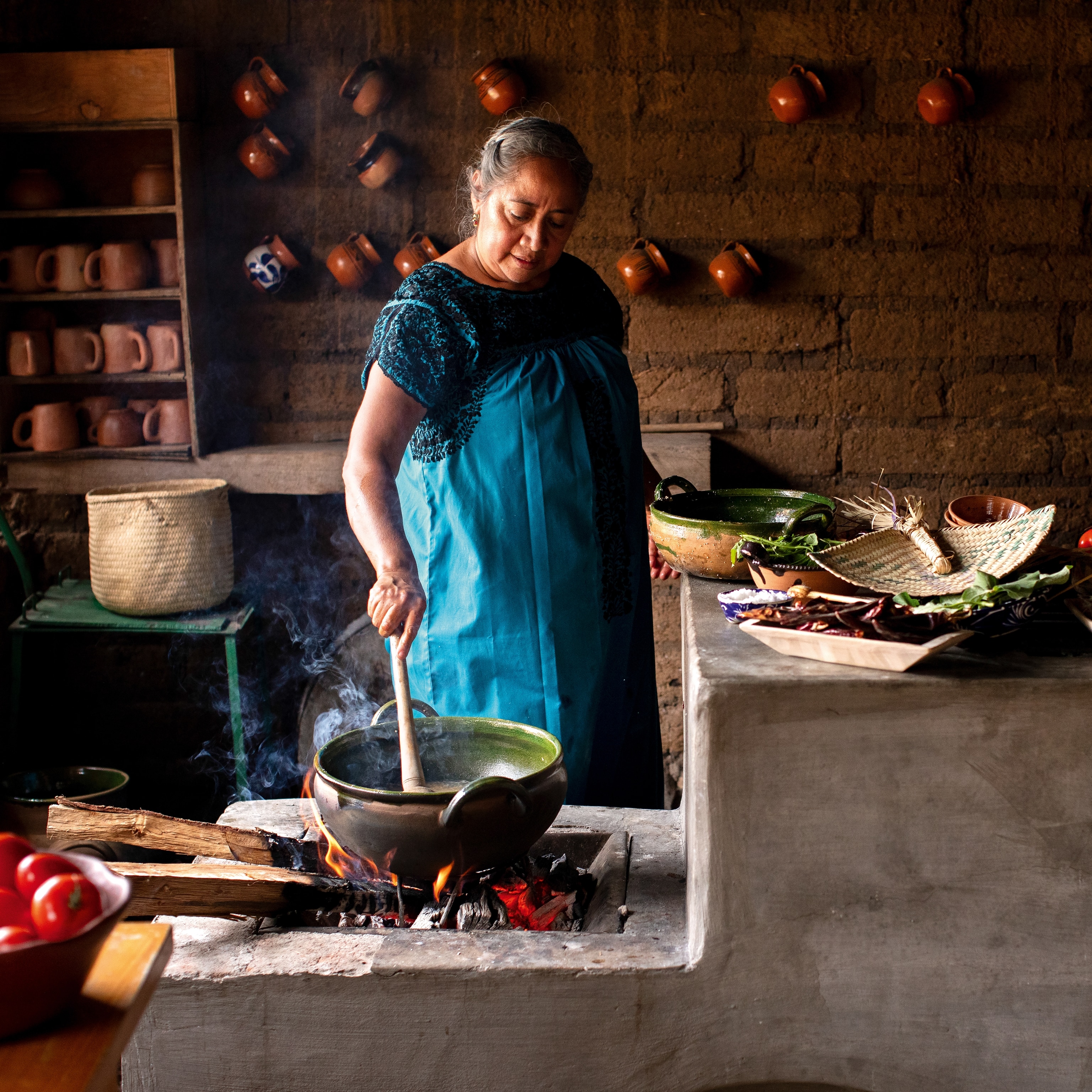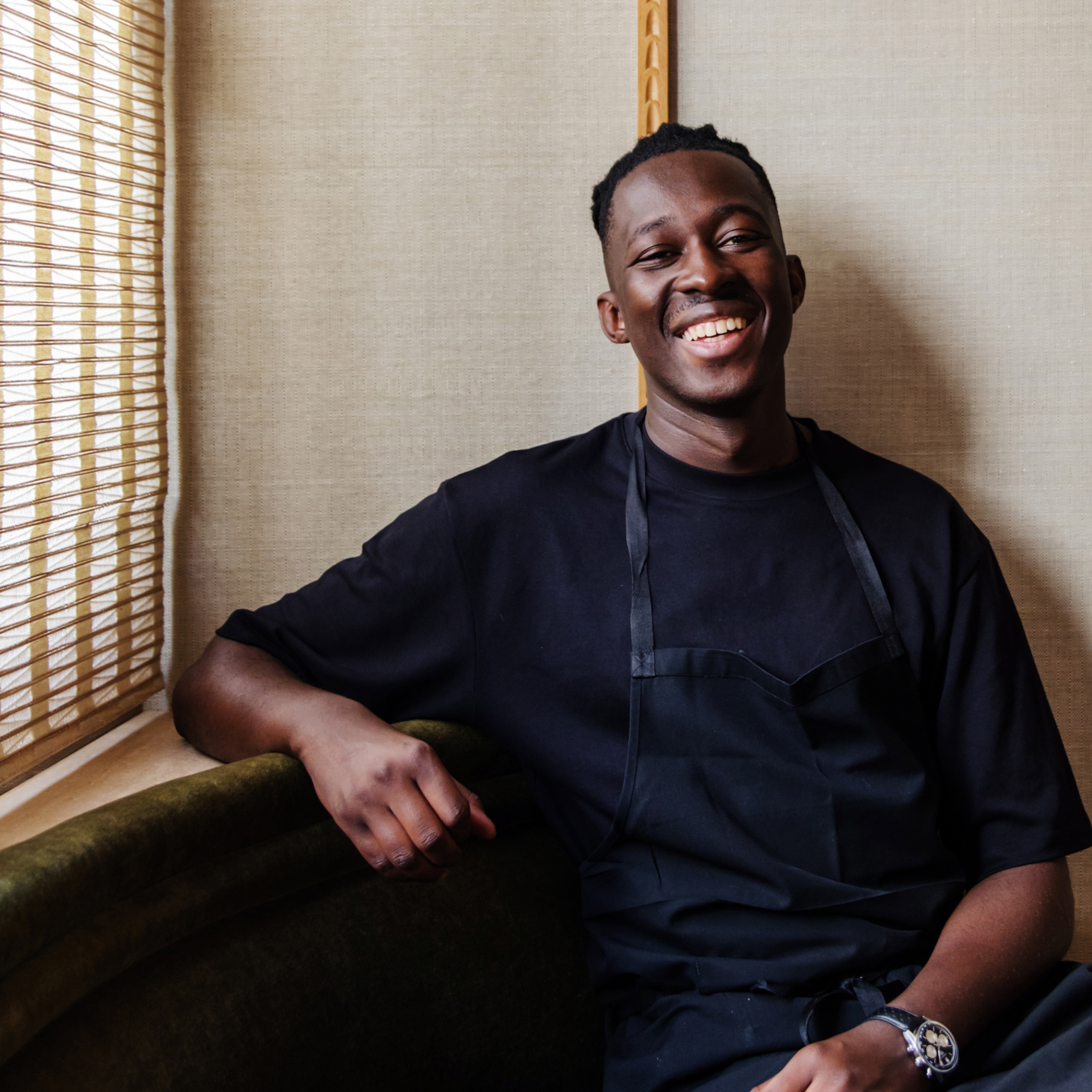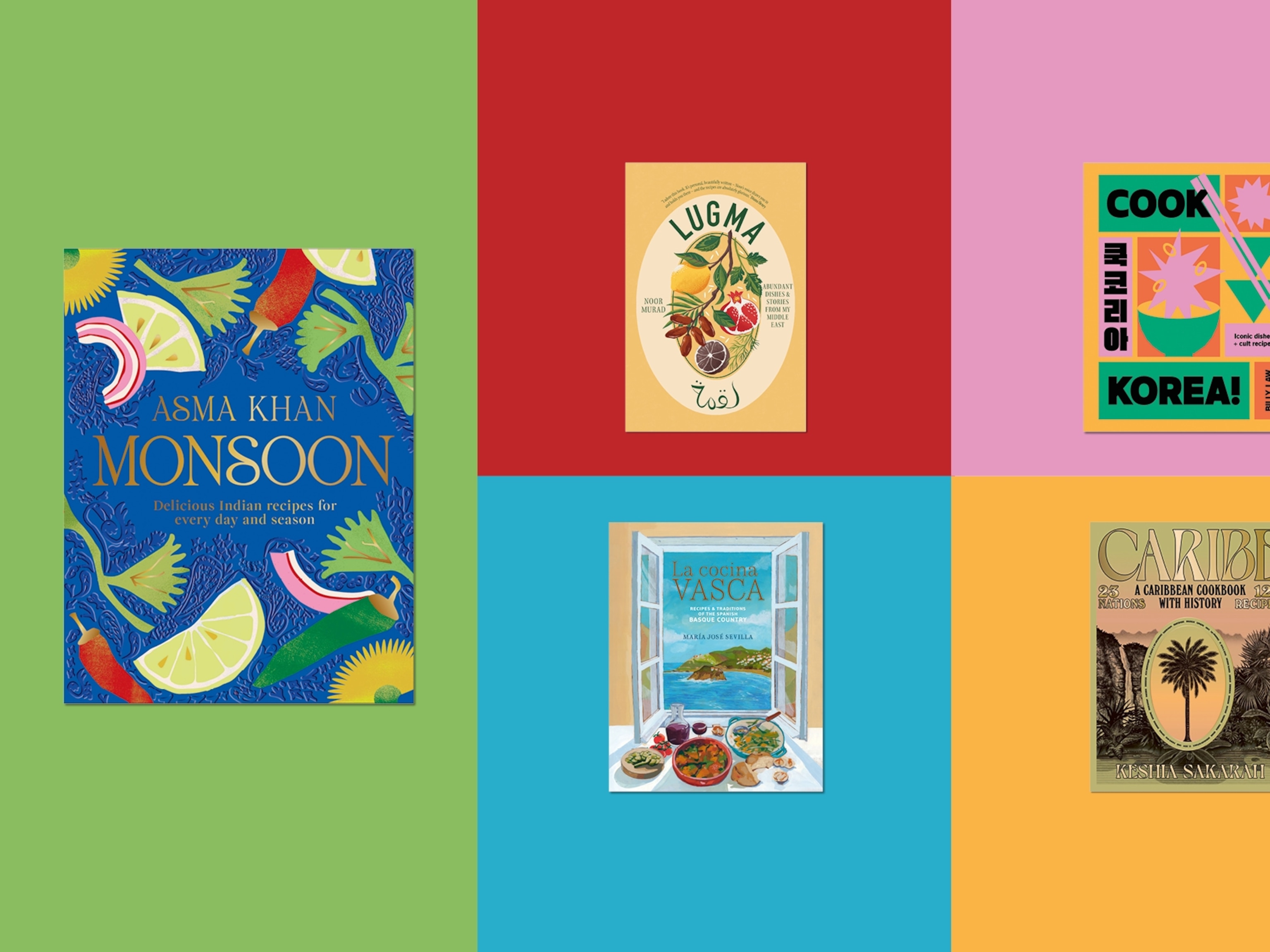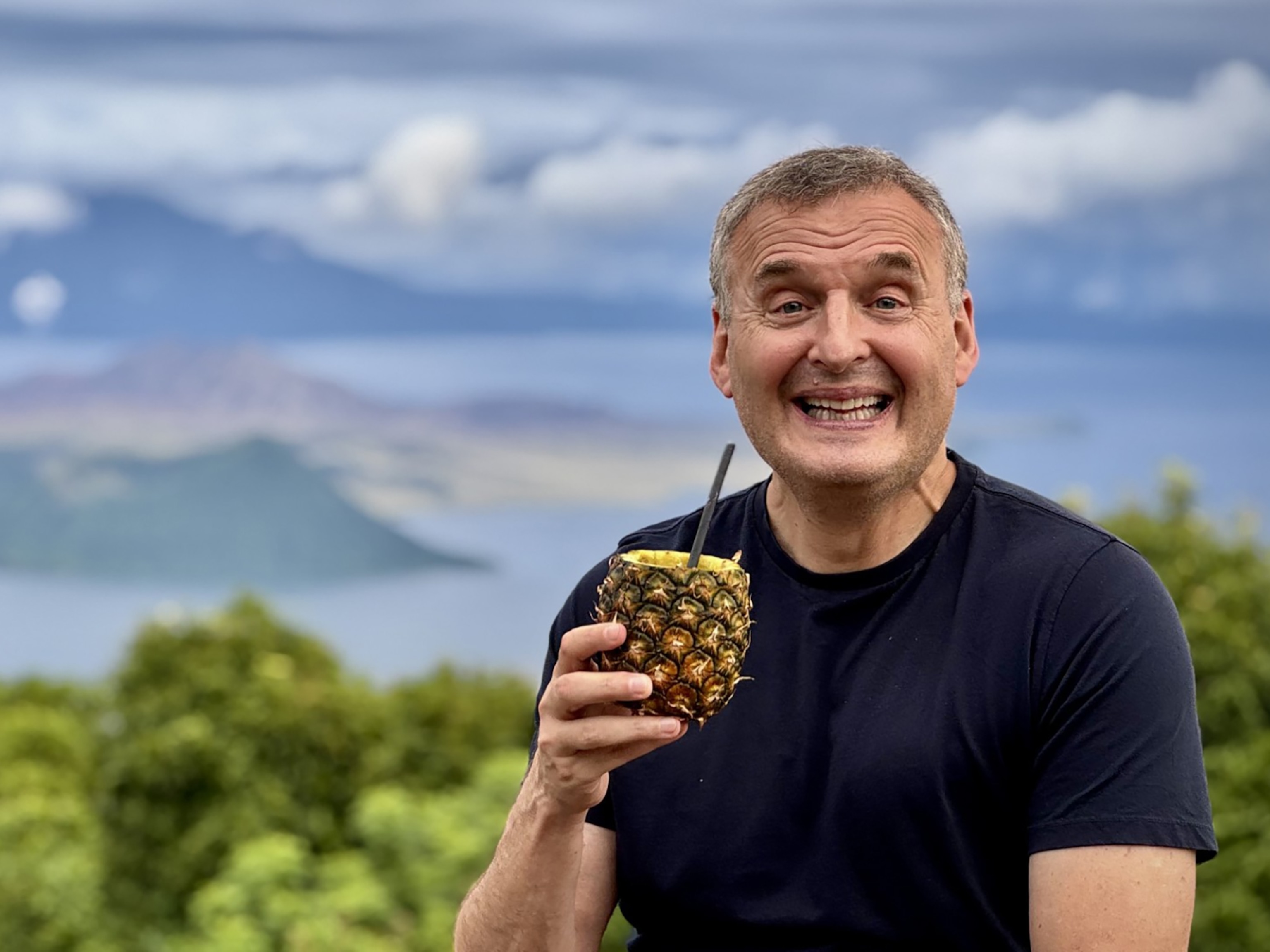Meet the chef shaking up dining in Alaska’s capital city
Putting Juneau on the culinary map, chef and Red Spruce restaurant owner Lionel Uddipa shares his love of Alaskan cuisine.

It’s hard to talk about Alaska's capital without the conversation turning to nature. Juneau’s privileged position on the Gastineau Channel — where temperate forests reach seafood-rich glacial waters — has birthed a city of foragers, fishermen and hunters. And with the return of Cordon Bleu-trained chefs such as Lionel Uddipa, Juneau is taking Alaskan cuisine to new heights, where sustainably sourced salmon, wild game and foraged fare all take centre stage. We talk to Lionel to learn more about farm-to-fork cooking in the region and how new eateries are combining Alaskan traditions with sustainable practices.
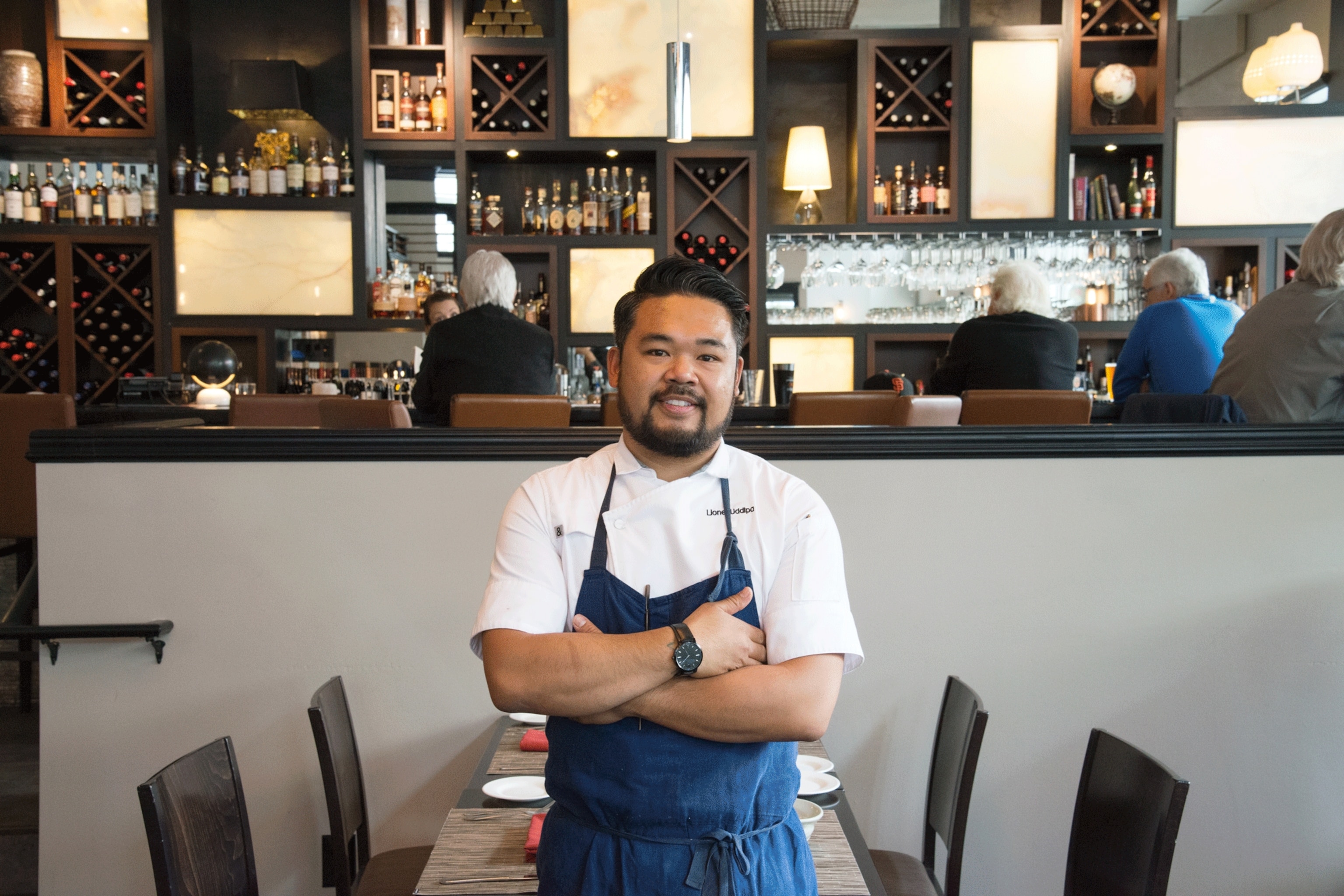
What inspired you to become a chef?
I was nine when I fell in love with the kitchen. My aunt had a diner called the Valley Restaurant, which is still in town. We lived above the restaurant, and me and my cousins would play after school. My mom would say, “You kids are making too much noise. I need one of you to help with the silverware.” I would always volunteer. There was something about the kitchen: I loved the noise and the sense of urgency.
My aunt opened two more restaurants, and I washed dishes in them until I went to culinary school in Georgia. I went on to work for luxury hotel groups and Michelin-starred restaurants in Chicago and Southern California, before moving back to Juneau ten years ago.
What are the key ingredients in Alaskan cooking?
The seasons play a big role. From spring to autumn, we go foraging, fishing and hunting, so there’s a lot of wild game and seafood. Autumn is the season for venison, moose, caribou, mushrooms and berries, while in the summer, it’s all about seafood. Wild salmon and halibut are popular, but we also have giant octopus, king crab and shrimp.
I love working with seafood. When I moved back to Juneau, locals only wanted to eat salmon one way: smoked. But me and a couple of other chefs are working hard to diversify Alaskan cooking. We’ve introduced cured, raw salmon, which is increasingly popular.
How would you describe your cooking style?
The first restaurant I opened in Juneau in 2015, called Salt, was very ‘forward moving’. I’d come from a fine-dining background, so we went for high-end tasting menus and fine wines. Their menu still uses local produce and, in my opinion, is one of the best spots in town for fresh seafood dishes and butcher cut steaks.
Despite this, fine dining wasn’t allowing me to do the things that I moved back to Alaska for, like being out in nature, hunting and foraging for food. There’s also a lot of food waste in fine dining that I don’t like. I opened Red Spruce in January 2020 with the concept of global street food — creating and serving delicious food in an approachable way while minimising waste. We try to make as much as possible in-house. Inspired by Japanese and Filipino fermentation techniques, we make our own vinegar, soy sauce, yeast and kombucha to preserve foods that might otherwise be wasted.
What inspires the menu at Red Spruce?
The seasons, and what ingredients are available. A lot of produce arrives by barge, which takes about a week to get here, so our menu changes quite often depending on what we can get. I’m also inspired by my Filipino heritage.
Early fall is when our comfort dishes start to come out, like a harvest salad with warm root vegetables and our Filipino-inspired stew with oxtail, bone broth, fish stock and peanut butter. We also put our own spin on the classic patty melt [a burger topped with melted cheese and onions] with black truffle sauce, miso and black garlic, wedged between freshly baked buns.
How important is it to use local producers?
Very! It’s frowned upon here if you’re not sourcing ingredients in the right way. As Alaskans, protecting Mother Nature is obvious; it’s ingrained since we were children. My mother calls me out if I waste even the slightest bit of food at Red Spruce. We know where our food is obtained from and how it’s stored and processed. Our salmon, for example, is caught no more than 80 miles from the restaurant, and we receive it the day it’s been fished.
We have a farmer called Ed — from Ed’s Edible Landscaping — who’s as passionate about farming as we are about cooking. He brings us locally grown squash, root vegetables and edible flowers. We get fresh herbs from Juneau Greens, who grow Thai basil and romaine lettuce for us. Juneau Greens also sells mystery boxes to encourage locals to try new herbs, which is a really cool initiative to broaden people’s taste buds.
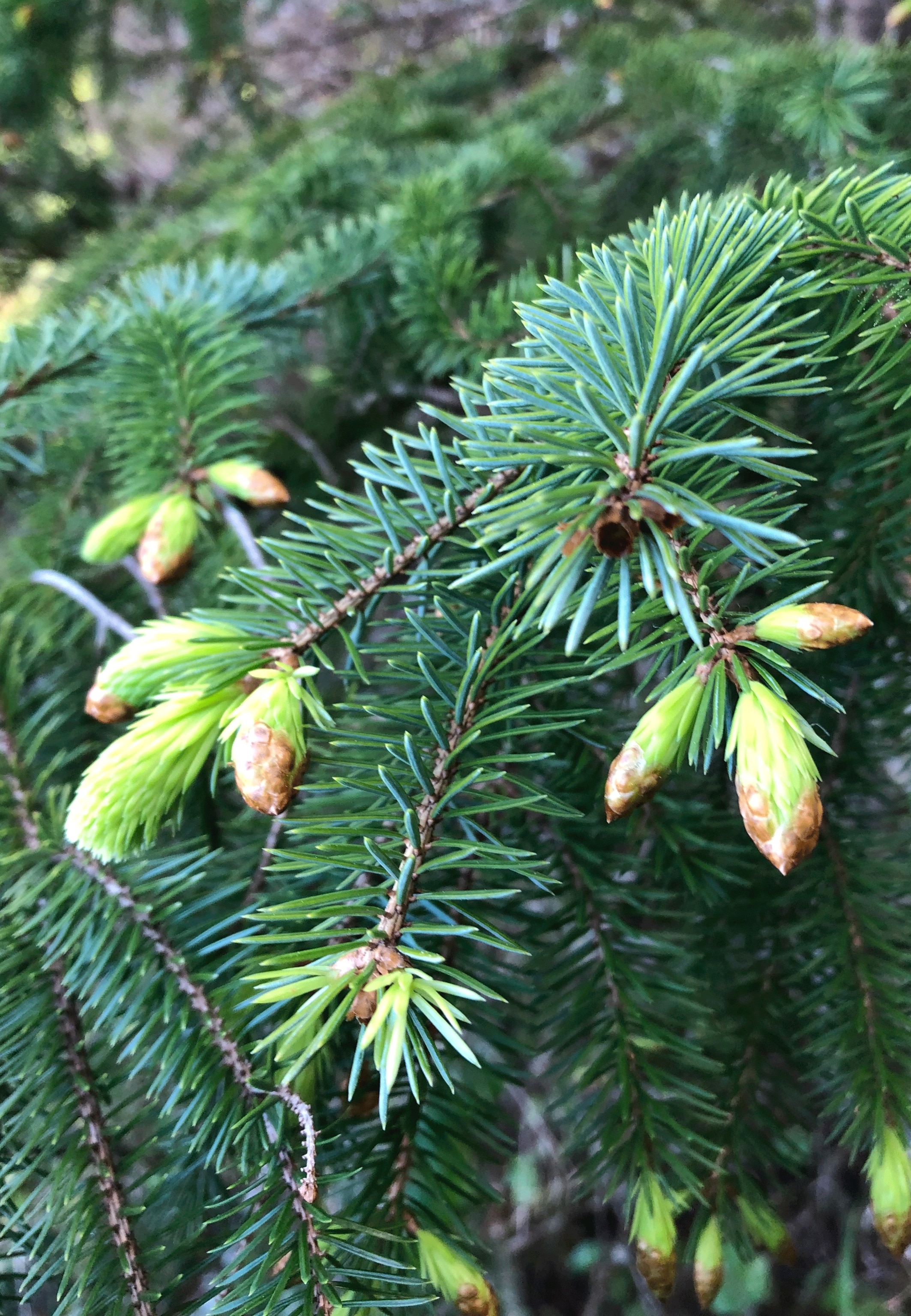
When you’re not working, where do you like to eat in the city?
There’s a great Filipino restaurant called Golddigger, who make an excellent tamarind stew and vegetable noodles. The whole fried fish is great, too. Bocca al Lupo does the best wood-fired pizzas in the city. On the weekends, though, my favourite thing to eat is barbecue. Skewered meat is big in my family’s cooking.
What makes Juneau such a unique destination?
Nature. It’s so lush here in the summertime and there’s so much to do in the outdoors, even in winter. We have amazing glaciers, forests, mountains and lakes where you can hike, snowboard or kayak — there’s something for everyone.
Less than a mile from the city centre, you can be in the deep woods, away from everything. I go out there to hike, forage for mushrooms and cook over an open fire. It’s unbelievably quiet and I can completely disconnect.
What does the future hold for you as a chef?
Experimenting with dry-aged seafood. That technique is often used for meat, but I want to see how it works with our local fish. Locals tend to stick to things they know, but if the restaurant scene is going to survive in Juneau, it’s important to keep developing Alaskan cuisine. If I only serve food that people can easily prepare at home or buy in a store, why would they keep coming?
For me, eating out in Juneau should be about experiencing Alaskan ingredients in a new way, without waste and with minimum impact on the environment. That’s what motivates me right now.
Three Alaskan delicacies to try
1. Reindeer sausages
Found on most breakfast menus in Alaska, these are usually a mix of caribou meat and pork or beef. Reindeer dogs — split and grilled sausages in steamed buns, topped with Coca-Cola-caramelized onions, mustard and cream cheese — are particularly tasty.
2. Akutaq
Hundreds, possibly thousands, of years ago, Alaska’s native peoples would snack on akutaq — a Yupik word that translates as ‘mixed together’ — during seal and polar bear hunts. The traditional recipe combines reindeer fat, seal oil, fresh snow, berries and, if desired, ground fish.
3. Spruce tips
Young buds foraged from Alaskan spruce in the spring have been eaten raw, boiled, pickled or baked by native people since time immemorial. Today, menus increasingly include spruce tips, which give dishes a distinctive citrusy, earthy flavour.
Alaska Airlines, Delta and Virgin fly from London to Juneau. Flight time is around 15h excluding stopovers. Juneau is also accessible from the US and Canada by boat, via the Alaska Marine Highway System, a ferry service that covers 3,500 miles of coast. Once you’re in the city, taxis, rideshares and car rentals are all available. For information and inspiration, visit traveljuneau.com
To subscribe to National Geographic Traveller (UK) magazine click here. (Available in select countries only).
